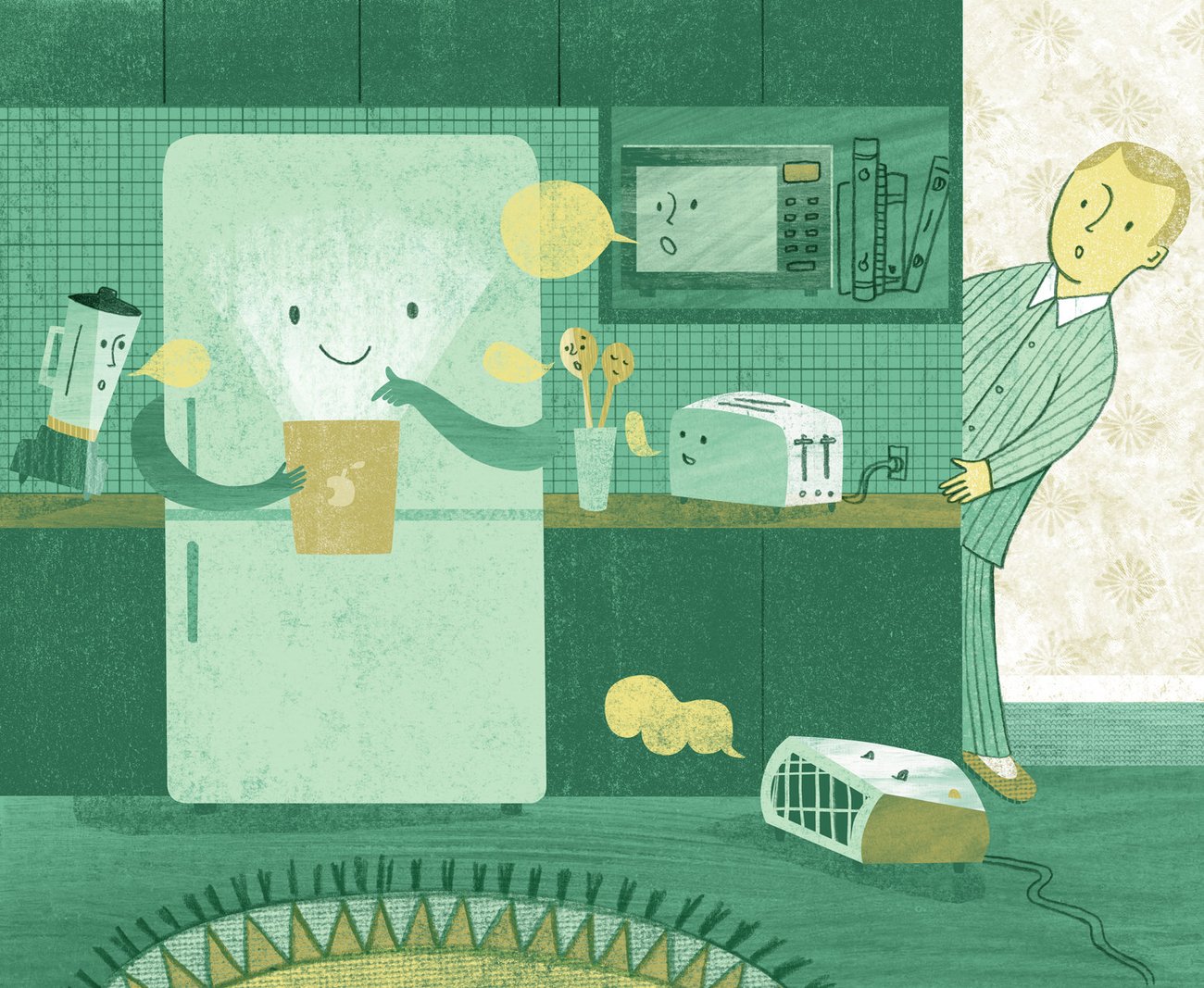
God help us all, Tamagotchis are back.
The annoying “virtual pets” that sprung to such voracious life in the 1990s, then died, forgotten and neglected, have returned from their shoebox graves, this time with a twist.
Now, powered by the internet-of-things, Tamagotchi 2.0s can communicate between themselves and over the internet, adding a whole new dimension to arguably the most one-dimensional toy in human history.
I’m imposing a media ban on my children until this fad passes.
You go ahead, we’ll catch up later on.
Actually, on the whole, I’m a little wary of this whole internet-of-things thing that seems to be coming, unstoppably, and with so much spilled ink, my way.
My position is simply this: I don’t want my household stuff connected to the internet. I just don’t. My things have enough internet already, thanks.
But before I get my dander too far up, let’s back up a bit.
The first incarnation of “internet-of-thingsness” might originate circa 1980s at Carnegie Melon University. A programmer there, frustrated at walking all the way downstairs only to find his favourite vending machine all out of soda, set up a sensor system whereby he could check the stock levels of the machine at any time using only an internet connection.
From that seemingly inconsequential affair, things have progressed, as they are wont to do, and now we’re looking at some pretty impressive potential applications.
I don’t want my heater communicating with my microwave for the same reason I don’t want my drinking buddies to meet that strange guy I made friends with at judo. Because that would be weird.
Imagine a sensor embedded in the asphalt of an airport runway that can detect ice. When ice is present the sensor sends a message to oncoming planes, alerting them to the slippery hazard. If the pilot doesn’t take steps to deal with the problem, the tech itself steps in and makes changes to the planes trajectory and speed, providing a comfortable and safe landing for the pilot, plane and its blissfully ignorant passengers.
So there’s potential there, I admit it. Few would argue that a sensor that tells you when an important part on an oil rig is about to blow is a good idea. If a tiny sensor can prevent us from filling the ocean with Texas tea one more time, then the porpoises will surely thank us for it.
But something tells me the applications which affect my daily life will be a little more intrusive and a whole lot more trivial than that, in the same way that my iPad could be teaching me the finer points of neuroscience, but is instead hectoring me to buy power-ups for the Candy Crush game I can’t seem to stop playing.
So I’m saying “No” now, in the hopes I can avoid the unavoidable entirely.
Count me out.
My stuff just doesn’t need to talk to my other stuff. My god, what would they even talk about? It should go without saying, but bathroom items need not be in cahoots.
A man’s home is his castle and I will not have my toilet talking to my bathroom scales about me when I’m not there. Anything my toilet’s got to say about me, it can say it to my face.
I don’t want my heater communicating with my microwave for the same reason I don’t want my drinking buddies to meet that strange guy I made friends with at judo. Because that would be weird.
No blender of mine needs Wi-Fi, and I don’t need my fridge on the internet. If anything, I need my fridge to stay off the internet.
That fridge already knows too much.
This article originally appeared in Idealog 59.




